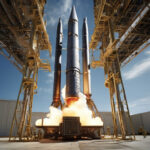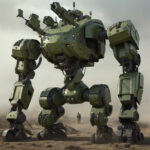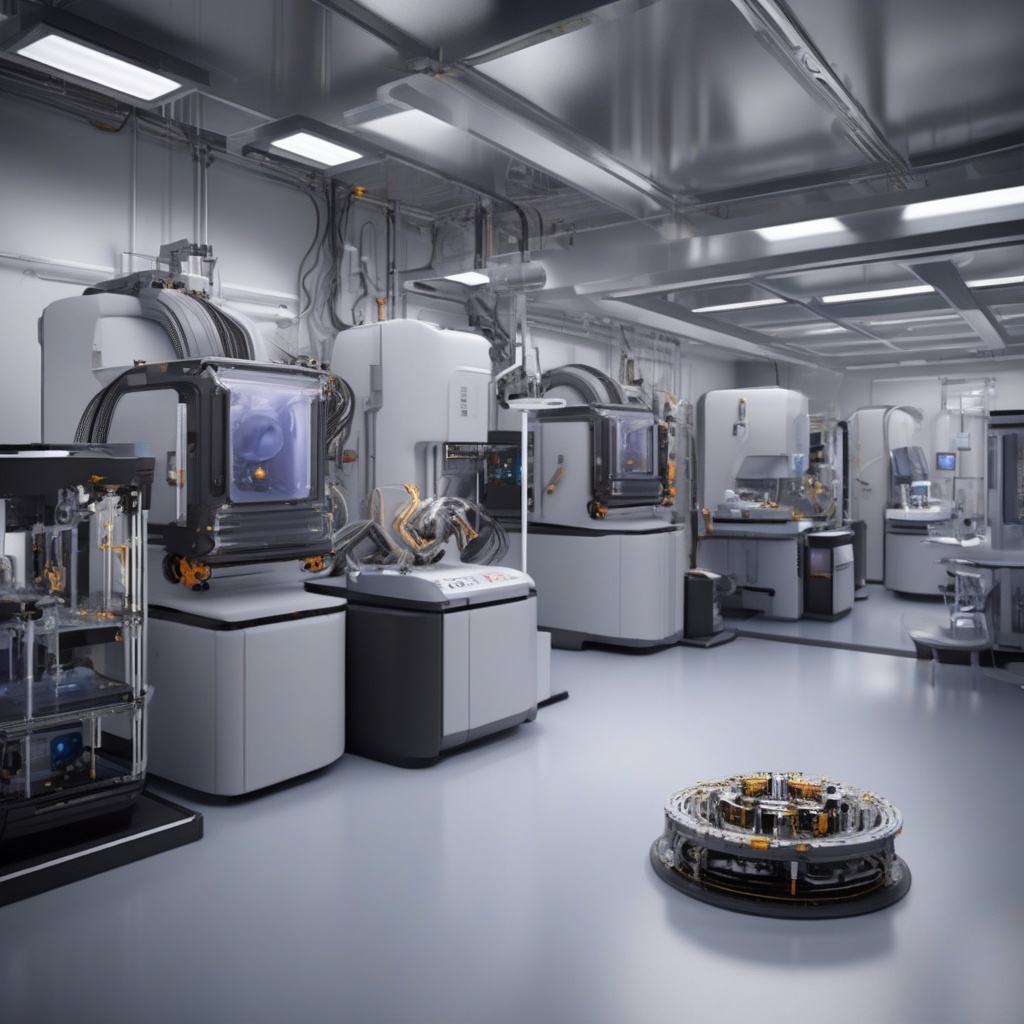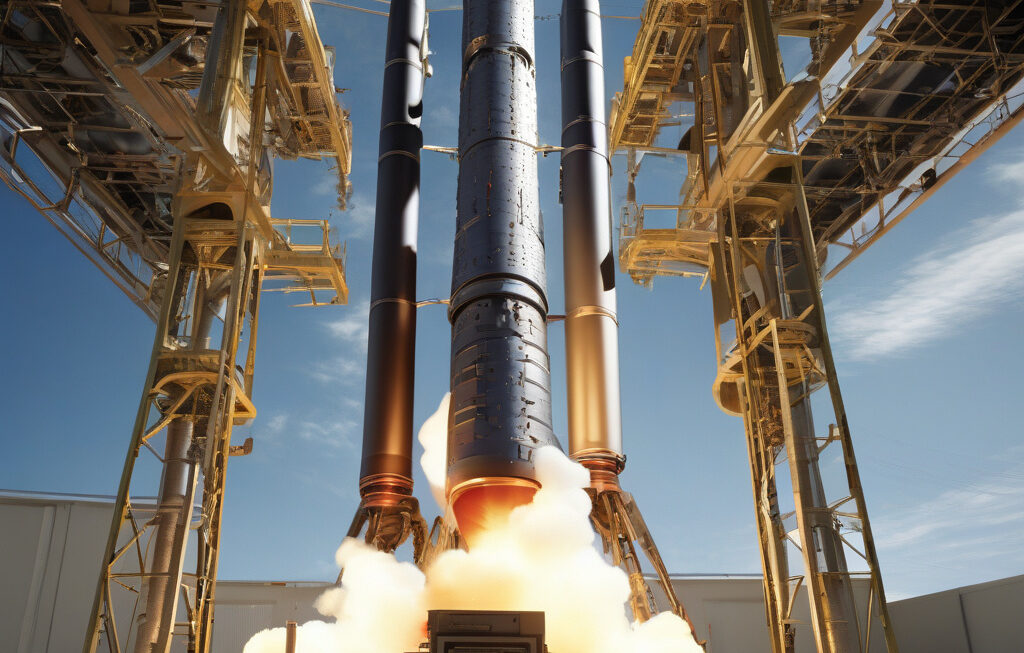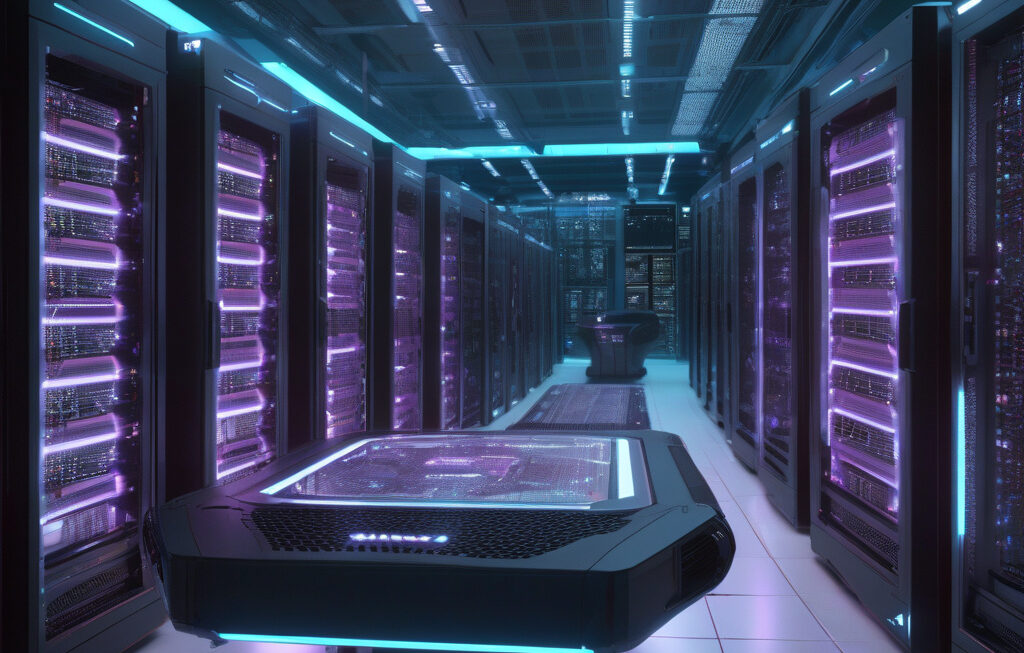3D Printing Revolutionizes UK Nuclear Fusion Labs: Crafting Parts to Withstand Extreme Forces
The United Kingdom Atomic Energy Authority (UKAEA) has commissioned two advanced 3D printing machines that are set to transform the way nuclear fusion labs operate. These cutting-edge printers are not your typical desktop versions; they are industrial-grade machines capable of producing components that can withstand extreme forces, a crucial requirement in the demanding environment of nuclear fusion research.
One of the main challenges in nuclear fusion research is the ability to create parts that can endure the intense conditions inside a fusion reactor. Temperatures exceeding those of the sun, high-energy neutrons, and intense magnetic fields are just a few of the factors that these components must withstand. Traditional manufacturing methods often fall short in producing parts that can meet these stringent requirements. However, with the advent of 3D printing technology, the game has changed.
By utilizing 3D printers, UKAEA’s nuclear fusion labs can now design and manufacture complex components with intricate geometries that were previously impossible to produce. This level of customization allows for the creation of parts that are not only more durable but also more efficient, ultimately leading to advancements in nuclear fusion research.
Moreover, 3D printing offers a more sustainable approach to manufacturing parts for nuclear fusion reactors. By using only the materials needed for production without excess waste, this technology aligns with the principles of sustainability and environmental consciousness. Additionally, the ability to print parts on-demand reduces the need for extensive storage of spare components, streamlining the entire manufacturing process.
The benefits of 3D printing extend beyond just the production of durable components. Cost-effectiveness is another advantage that this technology brings to nuclear fusion labs. While traditional manufacturing methods can be time-consuming and expensive, 3D printing offers a faster and more economical solution. This means that UKAEA can allocate resources more efficiently, investing in other crucial areas of research and development.
Furthermore, the integration of 3D printing in nuclear fusion research opens up possibilities for innovation and experimentation. Scientists and engineers now have the freedom to explore new designs and test hypotheses rapidly, accelerating the pace of discovery in this dynamic field. With the ability to iterate on designs quickly, UKAEA can push the boundaries of what is possible in nuclear fusion research.
In conclusion, the introduction of advanced 3D printing technology in UK nuclear fusion labs marks a significant milestone in the quest for sustainable energy solutions. By harnessing the power of additive manufacturing, researchers can now create parts that are tailor-made to withstand the extreme forces present in fusion reactors. This not only enhances the durability and efficiency of components but also drives innovation and cost-effectiveness in the field of nuclear fusion research.
As the UKAEA embraces 3D printing technology, we can expect to see groundbreaking advancements in the development of fusion energy, bringing us one step closer to a sustainable future powered by nuclear fusion.
3D printing, nuclear fusion, UKAEA, sustainability, innovation


